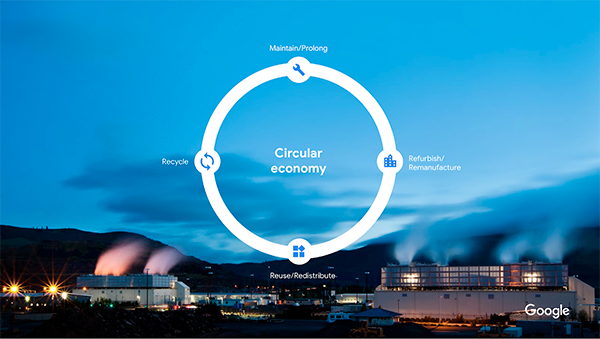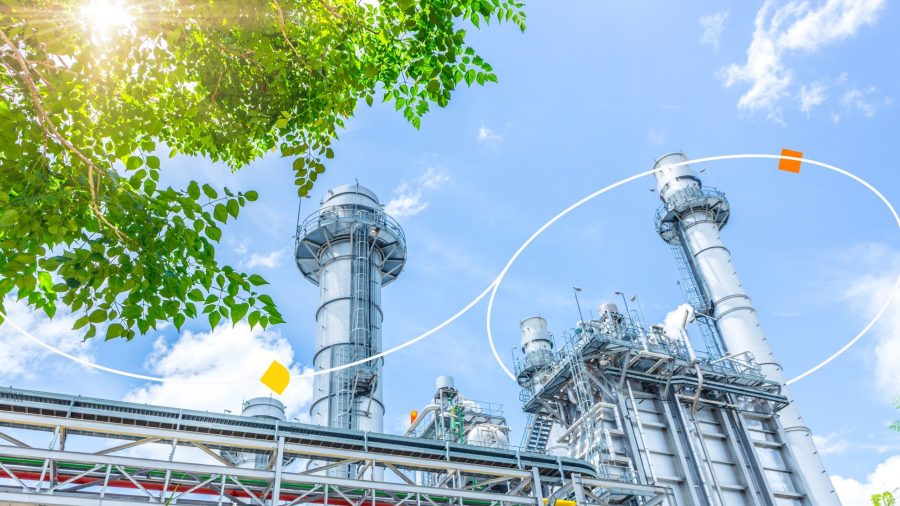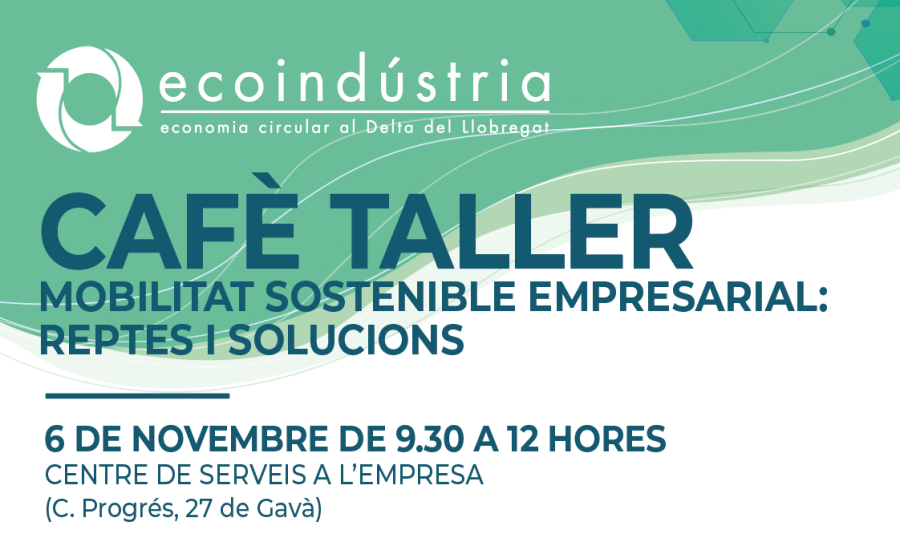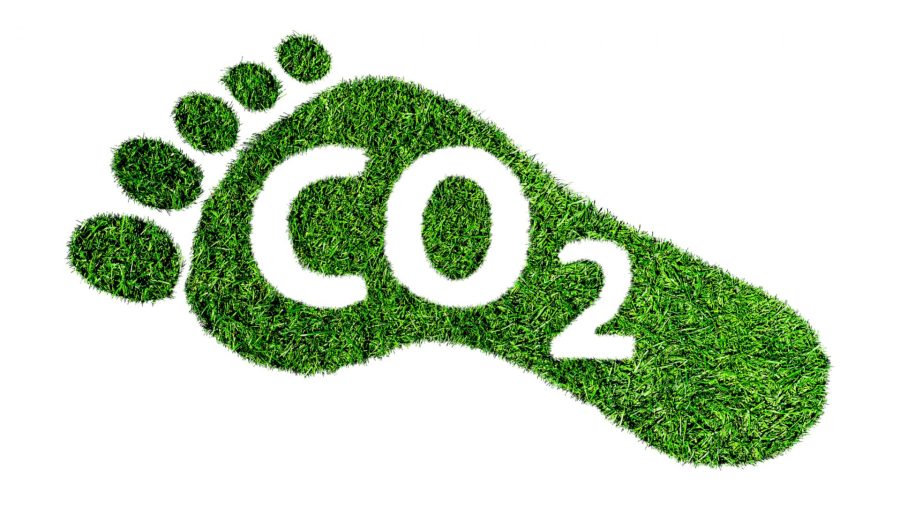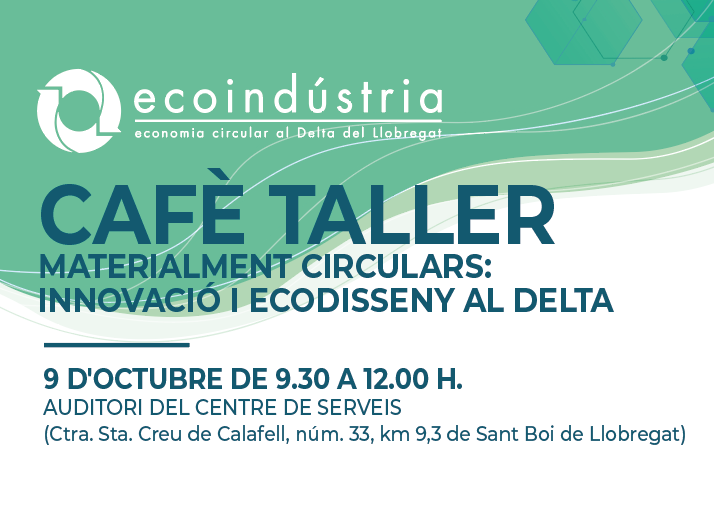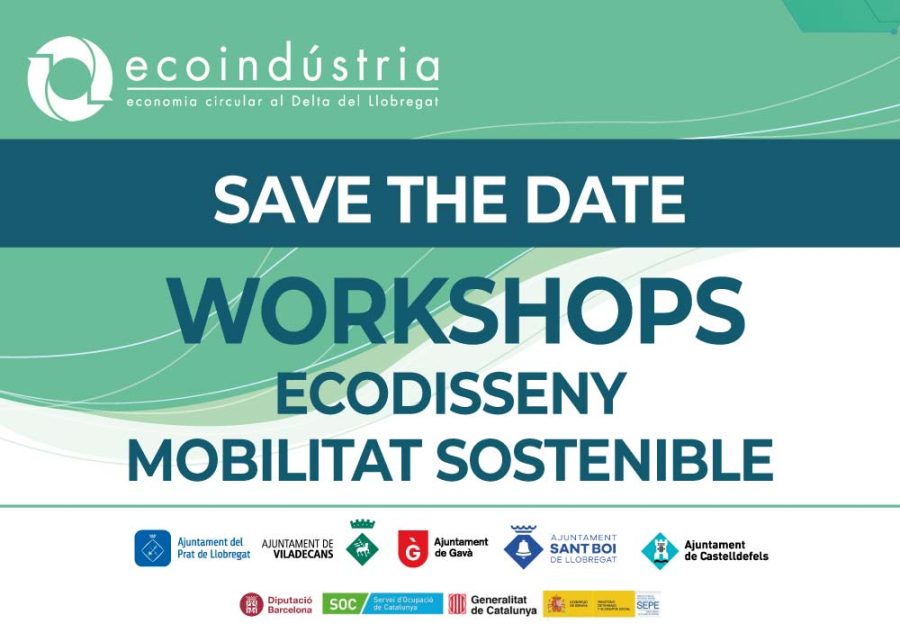Announced at the beginning of last week, the initiative "In Circular Google” includes a new goal to “maximize the reuse of finite resources in its operations, products and supply chains and enable others to do the same.”
While lacking tangible, timeline-based overarching goals, the new strategy has established numerous secondary goals across the technology company's key operations, products, and services.
For offices and staff, Google aims to reduce the use of single-use beverages per seated worker (SHC) across its 25 main office locations, in a 35% for 2019, and a 50% for 2020.
Google will develop supply chain contracts to prioritize and accept secondary use materials by 2020 and build the 100% for consumer electronics products from 2022 to maximize, where possible, the use of recycled content.
Google's Director of Sustainability, Kate Brandt, stated that this initiative represents an exciting challenge: “It requires us to redefine how systems work, from what we value and the decisions we make, to the assumptions and industrial processes that have been standard practice in our economy for decades . Google's new circular strategy is part of a broader effort to incorporate sustainability into everything we do.
Powered by 100% renewable energy at its global facilities, Google defines “maximizing reuse” as “implementing, to the greatest extent possible, circular principles,” which includes both products and systems.
Environment built without waste
A key focus of Google's strategy is the built environment. "Zero-waste data centers" will be specific, and as of 2017, 18% of Google's newly deployed servers are remanufactured machines, and 11% of the components used for upgrades to these machines have been reconditioned. Rather than contributing to waste, unusable Google equipment is resold. In 2017, Google resold more than 2.1 million units on the secondary market to be reused by other organizations. For Google, zero waste in data center landfills is an existing commitment, with one 91% currently diverted from landfills.
According to the internet giant, currently 78% of the waste generated in its offices are diverted from landfills. To this end, the company has focused on construction and deconstruction to contribute to its circular vision, so it has implemented interior 'rescue and reuse' since 2012. Last year, the company start working with the Ellen MacArthur Foundation to explore the benefits of deconstruction.
Other goals of the new initiative include evaluating regeneration strategies for the 100% of the Bay Area District's infrastructure (including energy, water and waste) and reducing food waste and inorganic waste.
On a global scale, it has been estimated that the transition to a circular economy could generate $4.5 billion in value by 2030. Google is leveraging its own technology expertise to help other industries transition to closed-loop economies . For example, it has partnered with fashion brand Stella McCartney on the first phase of a new machine learning data analytics tool to improve supply chain transparency for the fashion industry.

